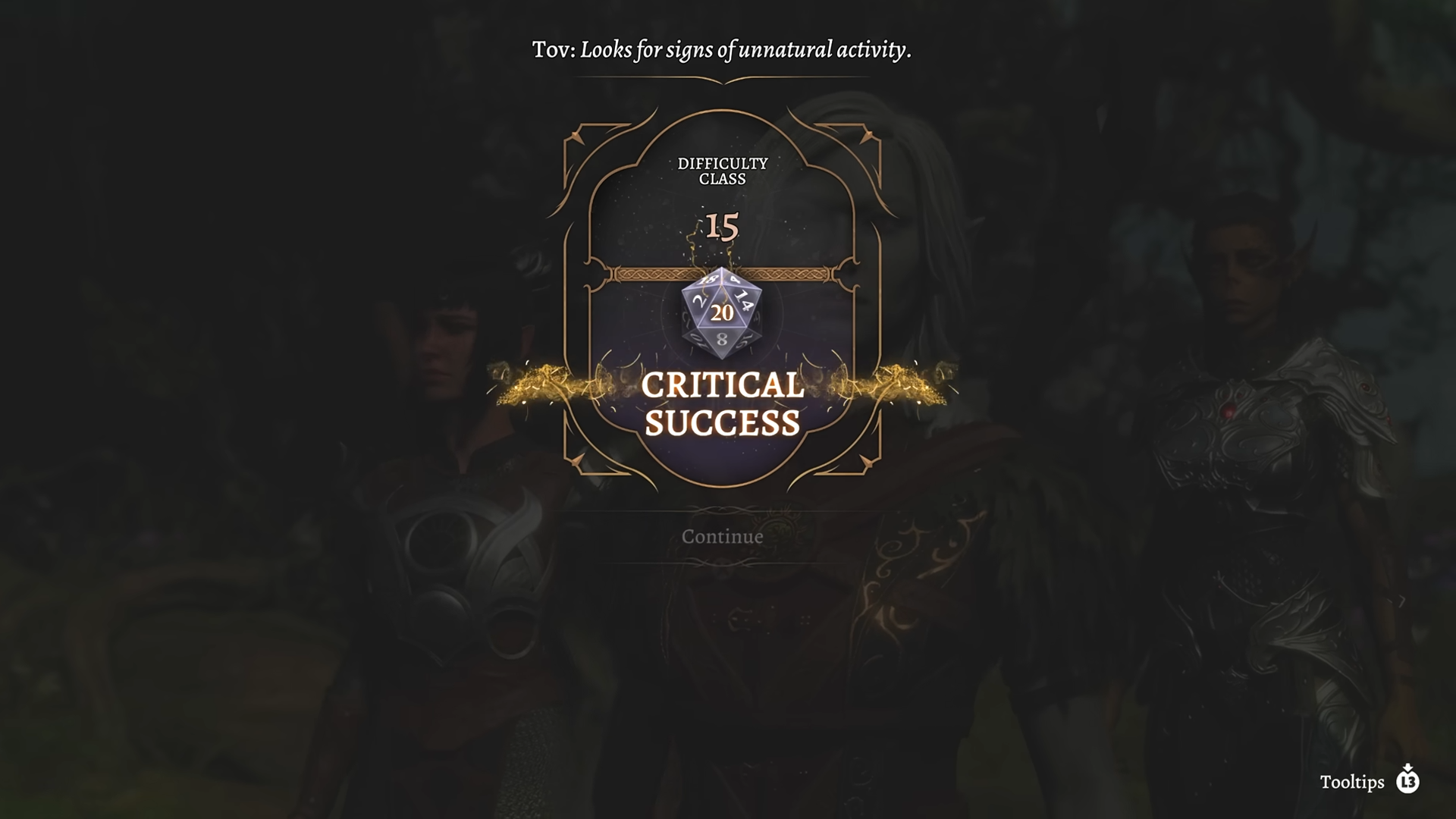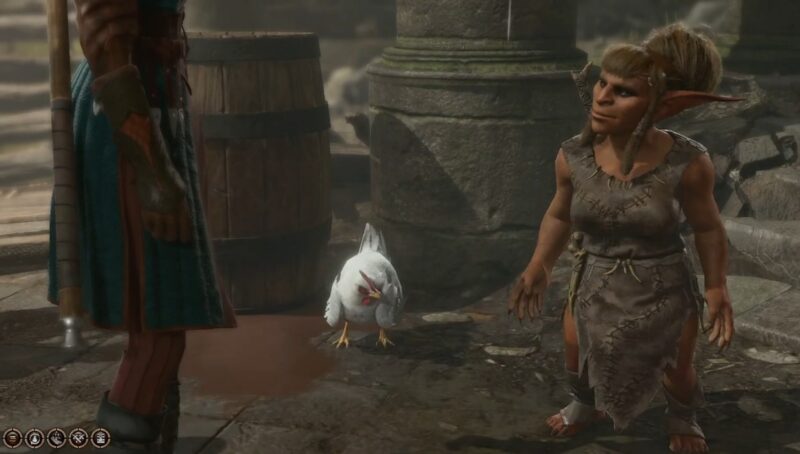Baldur’s Gate 3 offers freedom in build and class combinations, but what are the best and worst Multiclassing options?
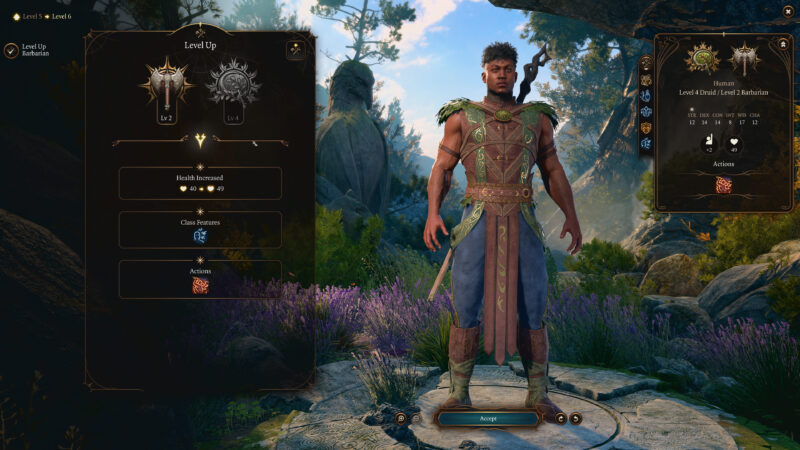
Multiclassing in Baldur’s Gate 3 allows players to expand and further customize their characters with more than one class. While it brings certain benefits because you can combine the strengths of one class with another, it also has limitations and downsides. The level cap in BG3 is 12, so you can’t take more levels than that. As a result, if you take a certain amount of levels into one class and a few into different ones, you have bonuses that each class receives at that level, not your overall character level.
So always, whenever you decide to multiclassing your character, ensure you won’t lose any important spells, spell levels, or special class features on actions. Also, decide what will give your character more power. Is losing one feature worth investing in another? Lastly, it’s your character, and you can multiclass it into whatever fits your story, background, or roleplaying. Below, we are going to give you the best and worst options, which hopefully will help you build your protagonist unique and just as you desire them to be.
Below is a list of Multiclass Proficiencies gained by taking one level in a new class:
| Class | Gained Proficiency |
|---|---|
| Barbarian | Shields, Simple Weapons, Martial Weapons |
| Bard | Light Armor, One skill, One instrument |
| Cleric | Light Armor, Medium Armor, Shields, Morningstars |
| Druid | Light Armor, Medium Armor, Shields |
| Fighter | Light Armor, Medium Armor, Shields, Simple Weapons, Martial Weapons |
| Monk | Simple Weapons, Shortswords |
| Paladin | Light Armor, Medium Armor, Shields, Simple Weapons, Martial Weapons |
| Ranger | Light Armor, Medium Armor, Shields, Simple Weapons, Martial Weapons, One skill |
| Rogue | Light Armor, One skill |
| Sorcerer | – |
| Warlock | Light armor, Simple Weapons |
| Wizard | – |
Best Multiclassing Build Combinations in Baldur’s Gate 3
The best Multiclassing Combinations are those that give you straight and powerful benefits, for example, extra bonus action, powerful spell, feat, or feature that your primary class cannot provide.
Barbarin & Fighter 10/2

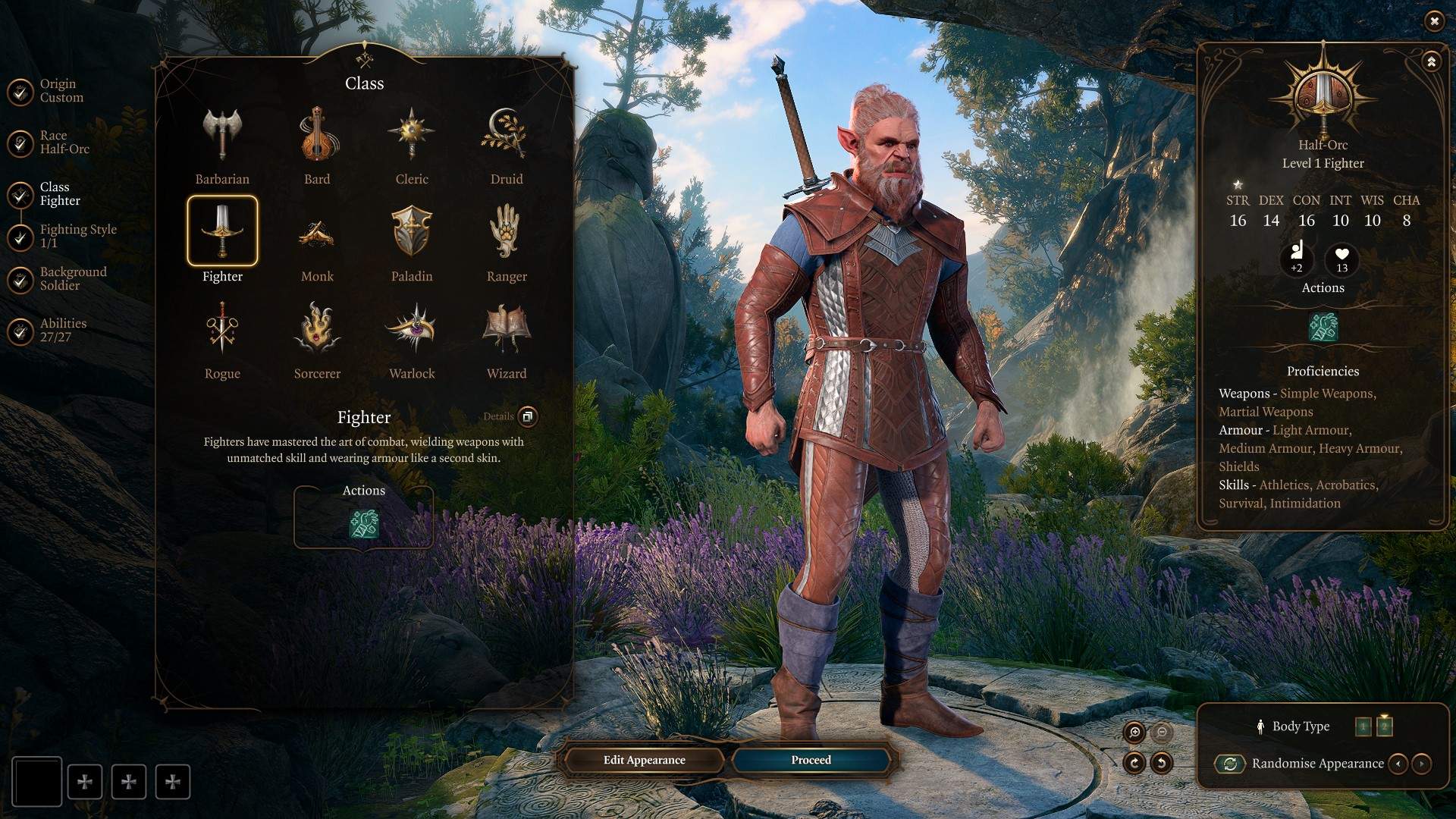
The Barbarian is known for being a two-handed damage dealer but lacks the ability to get extra action and an important passive Great Weapon Fighting Style. Taking two levels of Fighter solves both problems.
At level 11, the barbarian can take 1 level in Fighter and unlock Great Weapon Master Feat, which does the following: When you roll a 1 or 2 on a damage die for an attack with a two-handed melee weapon, that die will be rerolled once. This will keep your damage more consistent.
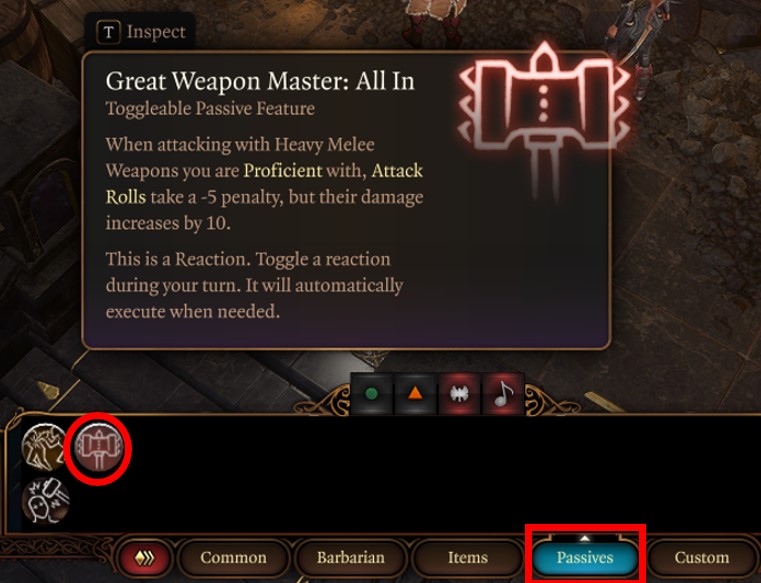
With another level, the fighter gets Action Surge. You get an extra action, but the biggest strength is that it doesn’t require any resources. Action Surge is a once-per-fight usage, but it allows you to cast and recharge on short rest.
The combination of Great Weapon Master feat, Action Surge, and Extra Attack gives you a massive damage potential per turn. Throw on the haste spell or potion of speed, and then you get another attack. Here’s an example of what this looks like at max level with Haste.
- Attack one + extra attack = 2
- Attack two (via Action Surge) + extra attack = 4
- Attack three (via Haste) + extra attack = 6
- Great Weapon Master via critical strike or kill = 7 (if you have a bonus action)
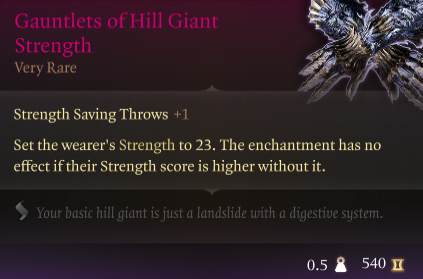
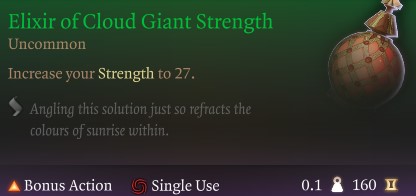
The only downside is you miss a feat for the barbarian. However, a late-game Act 3 glove gives 23 strength, or you can consume the Hill Giant potion for 27 strength until a long rest.
Also Check:- BG3 Interactive Map
Monk & Rogue 9/3
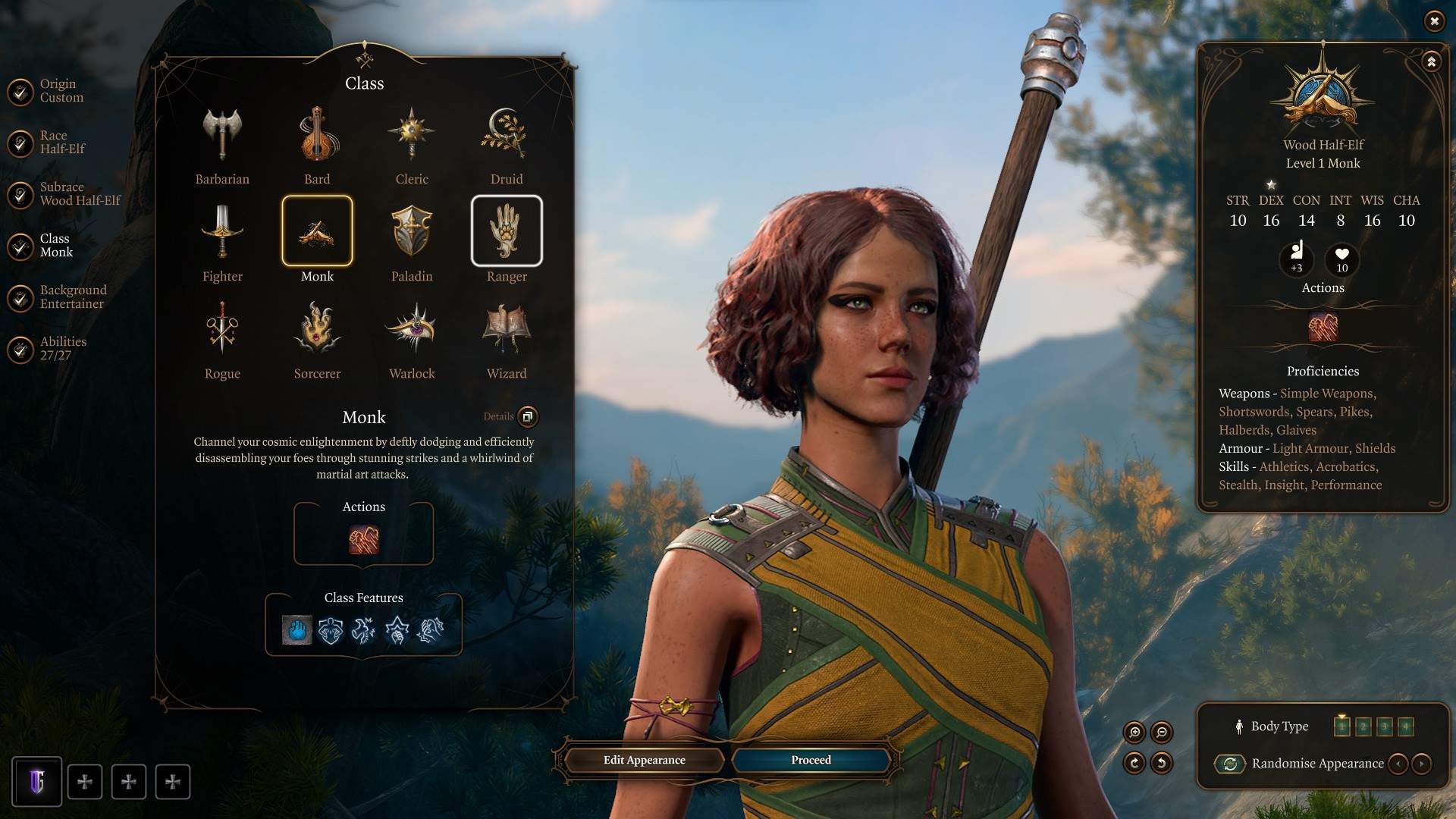
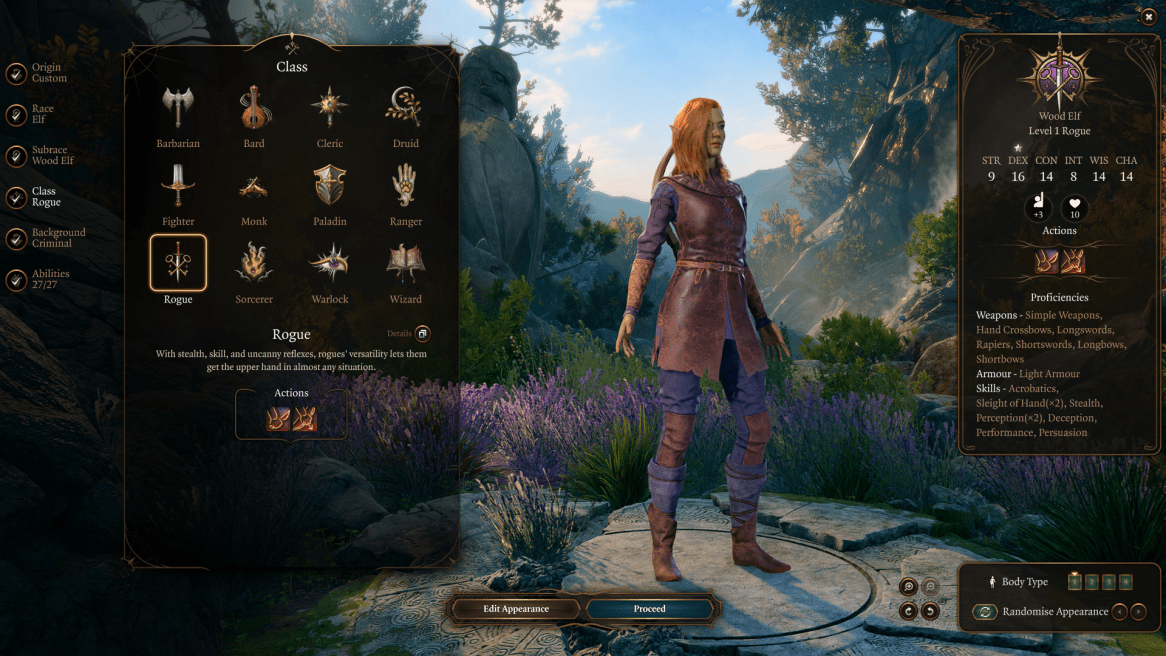
The combination of Monk and Rogue 9/3 gives you an extra attack at level 5 with a Monk, but you lack any way to get another action or bonus action. As a result, you take 4 levels from Rogue to get the Rogue Thief subclass, which gives you another bonus action.
Monks make great use of their bonus action with multiple attacks using unarmed attacks, and with the extra attack, you’re going to attack at least four times per turn. You can mark targets with your level 9 Monk subclass, the Way of the Opan Hand, then blow them up without an action or bonus action for area damage. The extra bonus action every turn makes it a must-have.
Ranger & Rogue 8/4

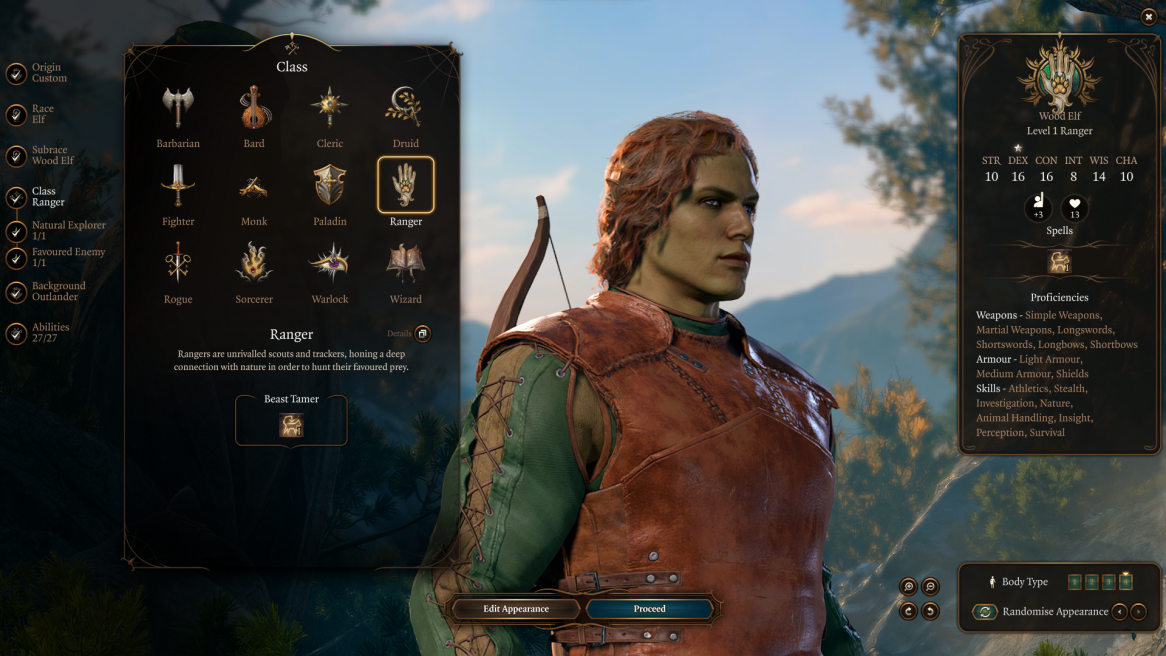
The biggest issue with the Ranger is its power dies completely at levels beyond 8. You get most of your good class features and subclass passive up front then later levels are wondering why you stay in the class.
The second reason the class is weak is the lack of utility that the Rogue possesses. However, the Ranger gets an extra attack at level 5 and should switch to the Rogue after level 8. With 4 levels in the Thief subclass of Rogue, you get:
- Fast Hands (Subclass Feature)
- Level 1: Sneak Attack
- Level 2 – Cunning Action: Hide (Action)
- Level 2 – Cunning Action: Dash (Action)
- Level 2 – Cunning Action: Disengage (Action)
- Level 3 – Fast Hands (Subclass Feature) (another bonus action)
- Level 4 – Feat – Choose one from the Feats list
- And 4 skill proficiencies (like sleight of hand and stealth).
This solves two problems: lack of additional action and lack of skill proficiency that help with outside-of-combat thievery and sneaking.
Do not Multiclass Those Classes in BG3!
Fighters, Sorcerers, and Druids (Circle of the Moon) are the Baldur’s Gate 3 Worst Multiclassing Build Combinations because those classes reward you for progressing constantly and give you the incentive to stay in the class, such as higher-level spells or feats. The entire end-game combat performance revolves around high-level spells, actions, and a bonus action. The Fighter and the Sorcerer are two classes I highly recommend not multiclassing.
Fighter
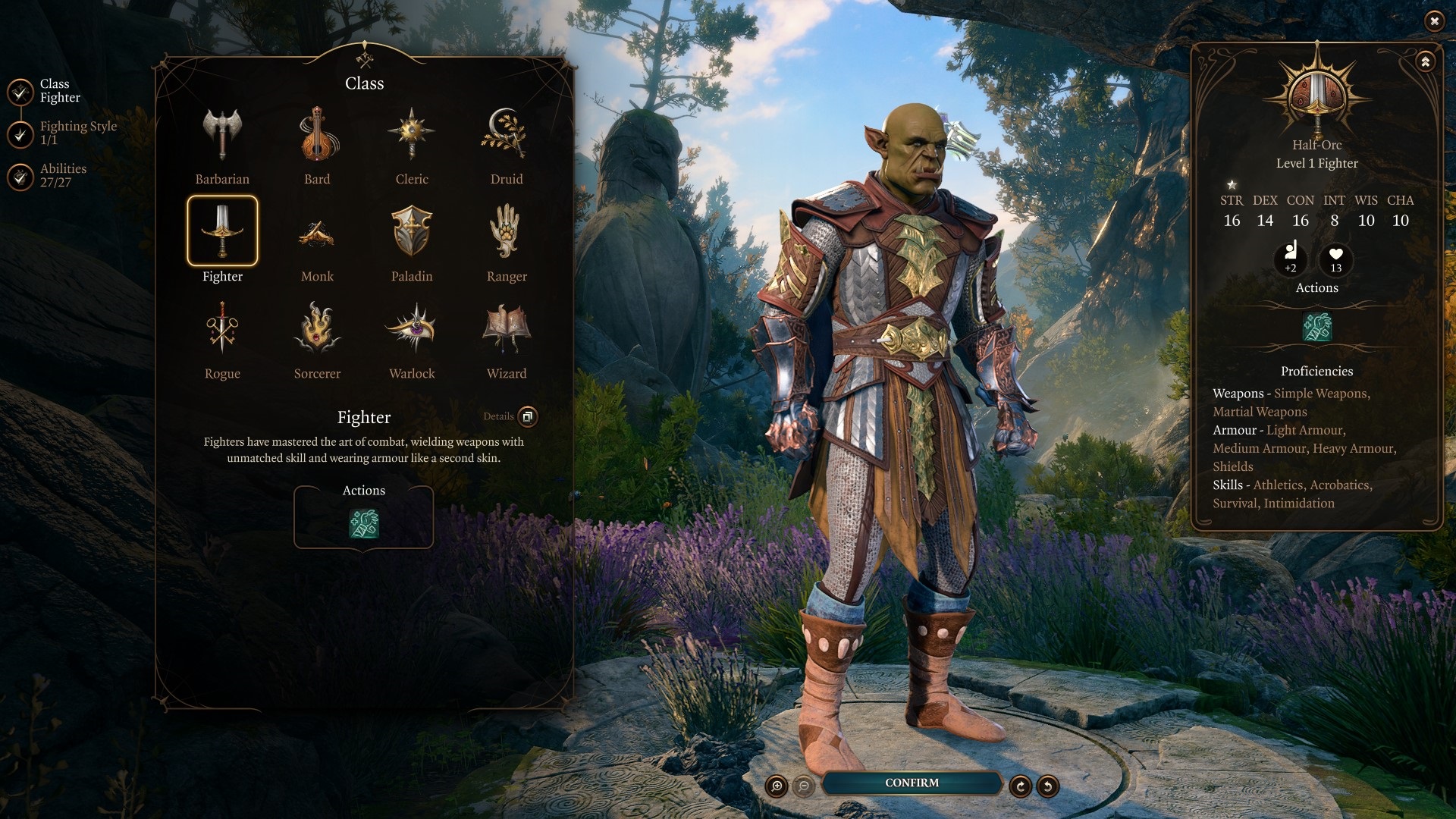
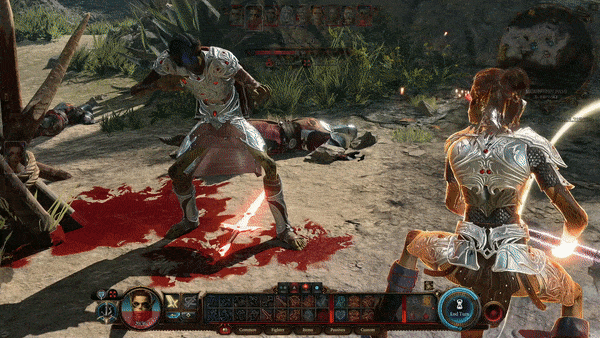
The Fighter is dripping with action benefits or extra feats to pick, giving you 4 in total, and last at level 12, along with extra attack (2x attacks), improved extra attack (2x more attacks), and action surge.
The fighter is a well-rounded class with everything you may need to be powerful. The class has the most armor and weapon proficiency selection in the game, can get up to 7 actions per turn at level 12, and, alongside rangers, can pick 4 feats, which also is the highest among Baldur’s Gate 3 classes. The fighter class is made to stay on track and doesn’t receive any benefits from multiclassing, which would be worth abandoning the class benefits.
Every 2 levels, you’re unlocking something big, not to mention the following Fighter subclass features in BG3:
- Level 1: Second Wind (Class Action)
- Level 2: Action Surge (Class Action)
- Level 3:- Fighter Subclass (Battle Master, Eldritch Knight, Champion)
- Level 4: Feat – Choose one from the Feats list
- Level 5: Extra Attack (Class Feature)
- Level 6: Feat – Choose one from the Feats list
- Level 7: Subclass Feature
- Level 8: Feat – Choose one from the Feats list
- Level 9: Indomitable (Class Feature)
- Level 10: Subclass Feature
- Level 11: Improved Extra Attack (Class Feature)
- Level 12: Feat – Choose one from the Feats list
Sorcerer

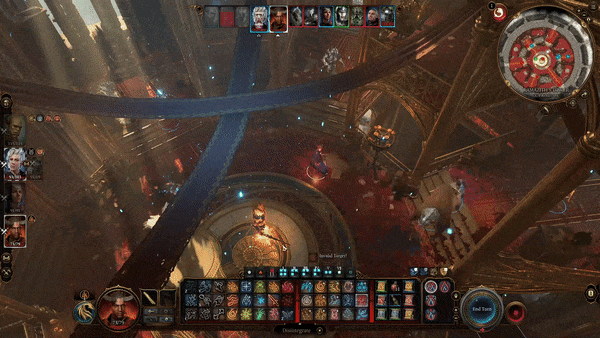
You don’t need to multiclass the Sorcerer to take advantage of Warlock’s utility. You can use the Feat Magic Initiative Warock, which gives all the warlock advantages while allowing you to progress your level. Multiclassing it would take away a feat, and you also would lose the level 6 spell slot. The Sorcerer at level 12 receives an extremely powerful 6th spell slot Disintegration spell, and if you combine it with the twinned magic feature allows you to cast it twice and double your damage.
Druid (Circle of the Moon Subclass)
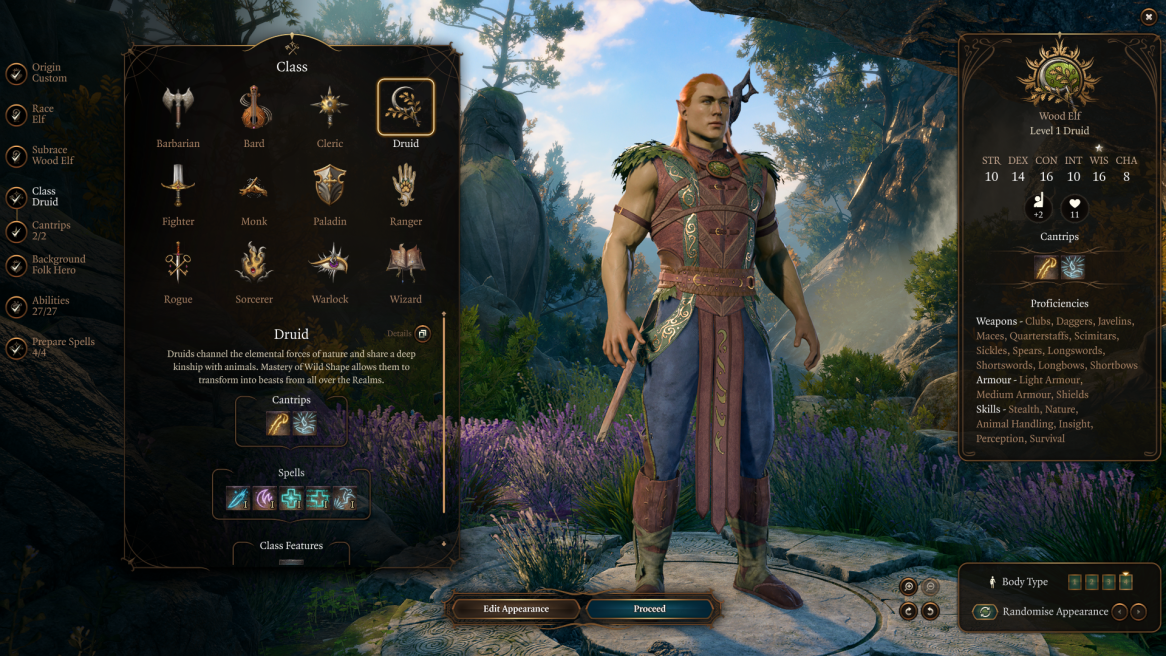

You’re constantly wondering if you should multiclassing because your class feels very weak early on, even between levels from 7 to 10. You’re incentive to use spells. Meanwhile, you jump into wild form to do damage. You can’t do both at the same time, and you wonder, should I multiclass it? No, Circle of the Moon Druid centers on Wild Shape, which progressively gets better the longer you stay in the skill line.
At level 5, you get a Wild Strike, which is similar to the Fighter Extra attack, where you can do an additional attack while in shape. Next, At level 9, you get access to Conjure Elemental, which you can do outside of combat and doesn’t require concentration, giving you an extra body on the battlefield. At level 10, you get an improved wild strike, giving you 2 additional attacks that increase your damage significantly; at level 11, you get Heroes’ Feast.
You will only get 1 level 6 spell slot per long rest, but this one prevents poison damage, increases your party HP, and lasts until a long rest. So that’s two buffs you get at the high level that are fantastic for you and your party. At level 12, you get an extra feat, which will either take you to 20 Wisdom or another benefit.
Druid Tips

- Heroes’ Feast: Produce a feast for 12 guests that cures diseases, immunizes to poison, and increases hp by 2d10 for 24 hours. Utility skill for help with status effects and increase health pool.
The strength of this skill is it lasts until a long rest, and you can cast your Conjure Elemental immediately following a long rest, and the summon will stay with you all the time. Combine that with a Very Rare Light Armor item: the Armour of Moonbasking, and you have a combo of temporary hit points, then casting wild shape, and an overall Armour Class (AC) bonus and advantage on saving throws while in a wild shape.
So no need to multiclass Druid, Sorcerer, or Fighter; those classes are powerful on their own and will do better as your character progresses.
Looking For More About Baldur’s Gate 3?
Thank you for reading Baldur’s Gate 3: Best & Worst Multiclassing Build Combinations guide. We provide the latest news and create guides for Baldur’s Gate 3. Also, watch me play games on Twitch or visit my YouTube channel!
 Reddit
Reddit
 Email
Email
